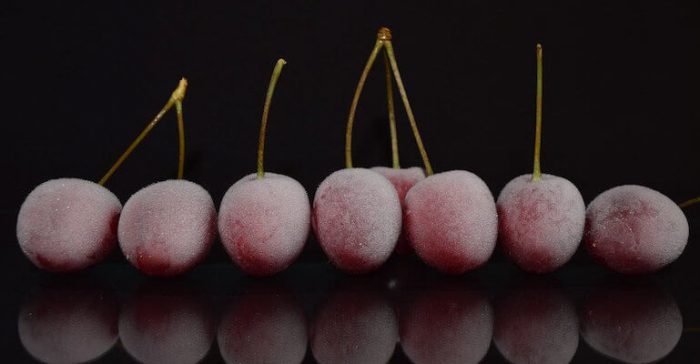Viking Thermal Energy Storage System Demonstrates Savings in Study
ACHR News, December 5, 2017
Viking Cold Solutions, a supplier of thermal energy storage systems, announced that a Southern California utility, along with an independent third party energy management firm, ASWB Engineering, completed a field demonstration study of the Viking Cold thermal energy storage (TES) system. The study verified a reduction in electricity consumption of 30 percent and 39 percent in two separate low temperature cold storage facilities in the San Diego area. Based on the results of this study, the utility and ASWB recommended that California utilities adopt the technology into their energy efficiency incentive programs.
The purpose of the independent study was to determine the effectiveness of Viking Cold’s patented TES system in cold storage freezer applications and to qualify the system for California utility incentive programs as part of the California Energy Commission (CEC) Emerging Technologies initiative.
“The benefits of the technology include reduced refrigeration equipment run time and increased product safety during power emergencies due to the thermal storage capabilities of the solution,” said John Baffa, professional engineer at ASWB Engineering.
“It is exciting to see our technology recognized by a leading utility energy efficiency program and I’m pleased that the study validates the results that Viking Cold customers already experience daily,” said James Bell, CEO of Viking Cold Solutions. “Our passive, non-mechanical system is a cost-effective way to reduce energy consumption across the cold chain, from walk-in freezers to large distribution warehouses, which can be used stand-alone, or to boost the return with solar PV.”
Two locations currently using Viking Cold’s TES system were studied by ASWB. The first test site, a walk-in freezer at Camp Pendleton in Southern California, showed a net facility energy savings of 30 percent. The second test site is a commercial freezer warehouse at the Jacobs & Cushman San Diego Food Bank. By leveraging the Food Bank’s existing solar photovoltaic system to run the refrigeration during the day and using Viking Cold’s TES system at night, the facility showed a net energy savings of 39 percent.
“Electricity costs are one of the top two expenses in the cold storage industry and this study demonstrates the value of using an intelligent thermal energy storage system to reduce energy consumption in freezers,” said Corey Rosenbusch, president and CEO of the Global Cold Chain Alliance (GCCA). “Based on these results, our membership should evaluate this technology for their own low temperature applications.”
The complete Phase Change Material and Controls Field Demonstration Study, written by ASWB Engineering, can be downloaded on the California Emerging Technologies Coordinating Council’s website at www.etcc-ca.com/reports/phase-change-material-and-controls-study-low-temp-refrigeration-applications.
